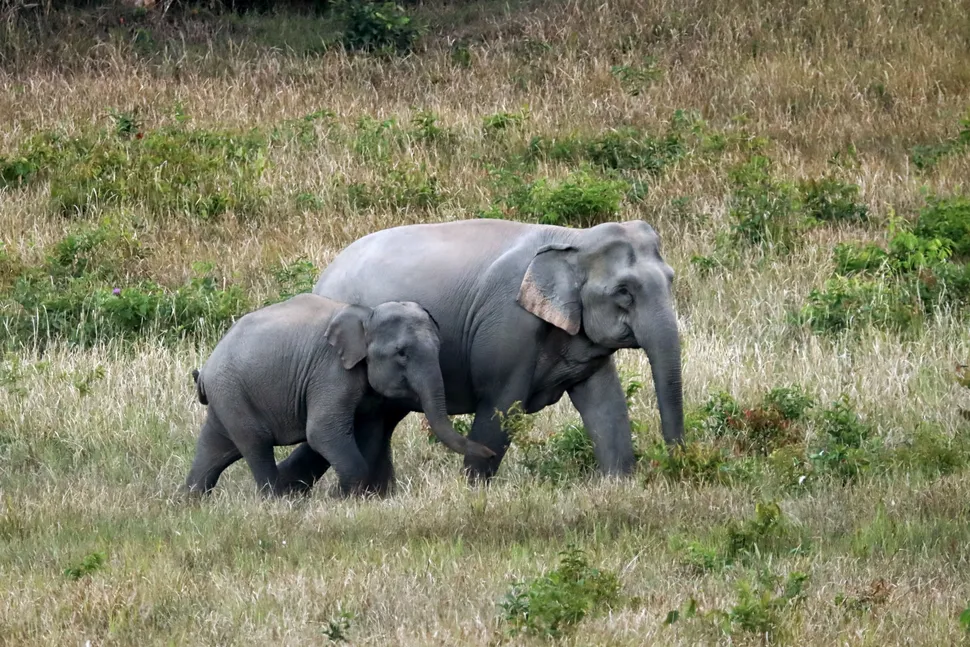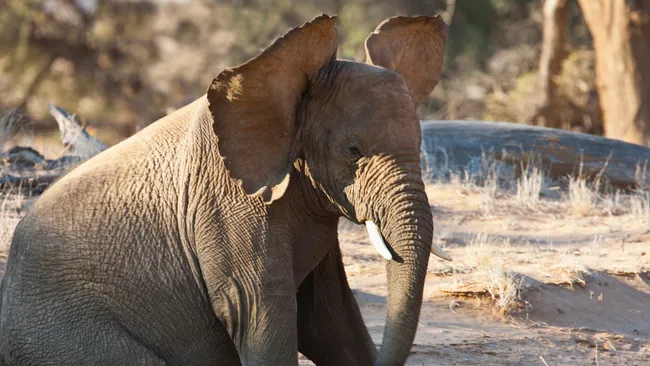Elephants have the largest ears in the animal kingdom, and there’s a practical reason for that.
Why Do Elephants Have Such Big Ears? The Fascinating Reason Behind Their Iconic Feature
Elephants are among the most recognizable animals on Earth — not just because of their massive size, but also because of their enormous ears. African elephants have the largest ears of any animal, with some measuring up to 6.6 feet (2 meters) long and 4 feet (1.2 meters) wide. That’s about 17% of their total body length! But these ears aren’t just for show — they’re essential to the elephant’s survival.
So, what’s the real reason for these giant ears?
According to scientists, elephant ears are natural air conditioners. Because elephants are such large animals and live in hot climates like the African savanna or Asian forests, they need a way to stay cool — but unlike humans, they don’t sweat. Instead, elephants rely on their ears to help regulate their body temperature.
Each ear is filled with a dense network of blood vessels, and the skin on the ears is extremely thin. When elephants get hot, they pump warm blood through their ears, where the heat can dissipate into the air. By flapping their ears, elephants increase airflow and speed up the cooling process. In fact, at any given time, up to 20% of their blood can be circulating through their ears to help cool down their entire body.

Over time, evolution has fine-tuned this system. Ancient elephants like mammoths, which lived in colder climates, had much smaller ears — because retaining body heat was more important than releasing it. Fossil evidence and mummified mammoths from Siberia show that smaller ears helped them conserve warmth while thick woolly fur kept them insulated.
But elephant ears have other surprising uses, too.
They may act like natural satellite dishes, helping elephants detect low-frequency sounds over long distances — sounds that are sometimes too low for humans to hear. Elephants also communicate through vibrations in the ground, which they can detect using special receptors in their feet and ear bones. Together, their feet and ears form a powerful long-distance communication system, helping these social animals stay in touch over dozens of miles.
And when it comes to social interaction and warning signals, ears play a big role. An elephant preparing to charge will spread its ears wide and flap them aggressively, making itself look larger and more intimidating. It’s one of their ways of saying, “Back off!” — and it’s a signal people in the wild should definitely take seriously.
So while the long-eared jerboa technically has the largest ears relative to body size, elephants still take the crown for the biggest ears overall — and they put them to excellent use every single day.
